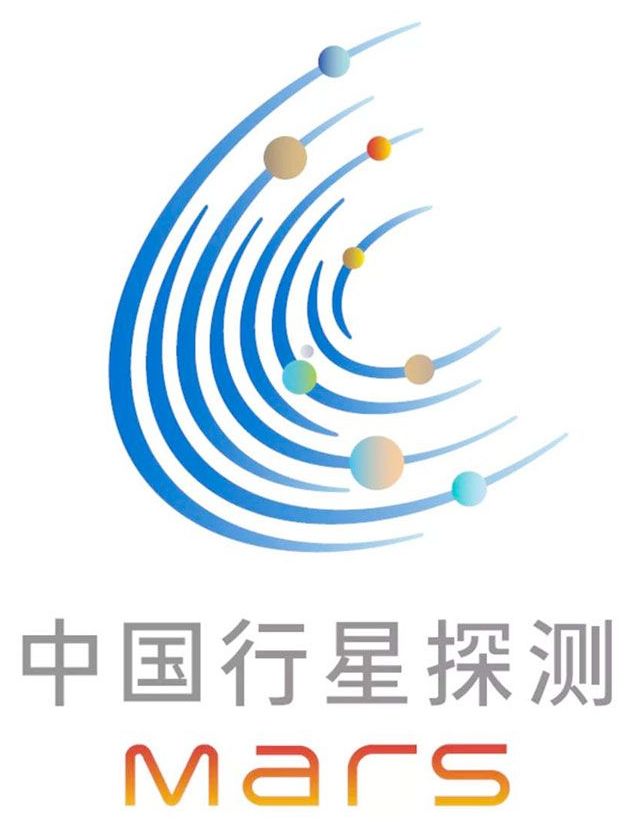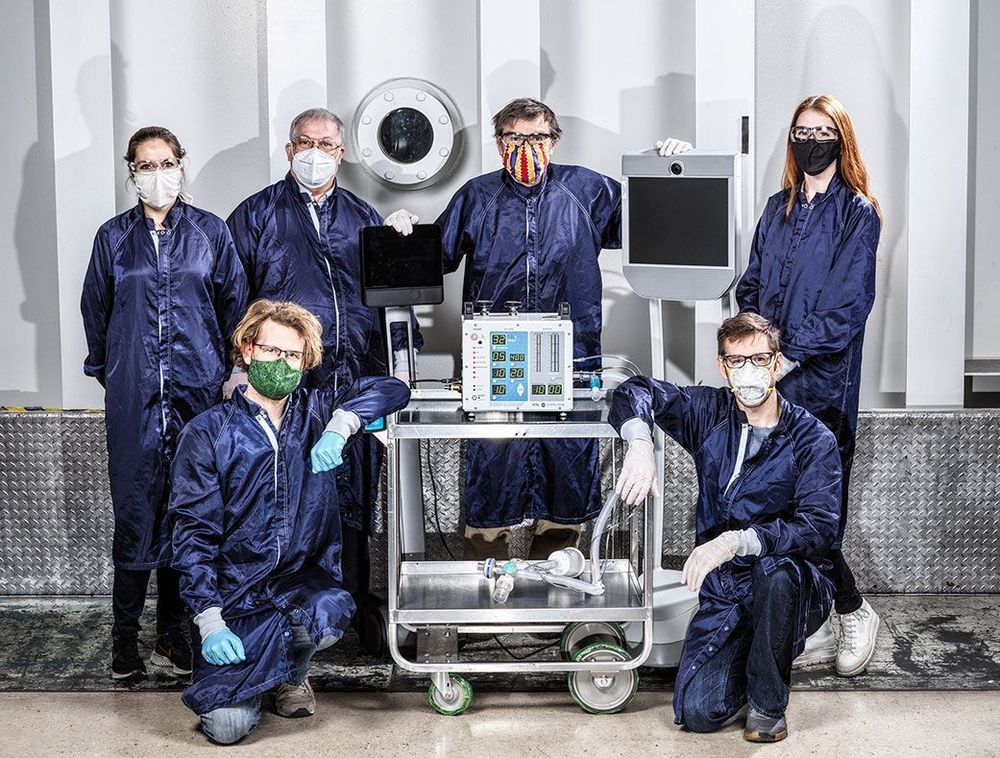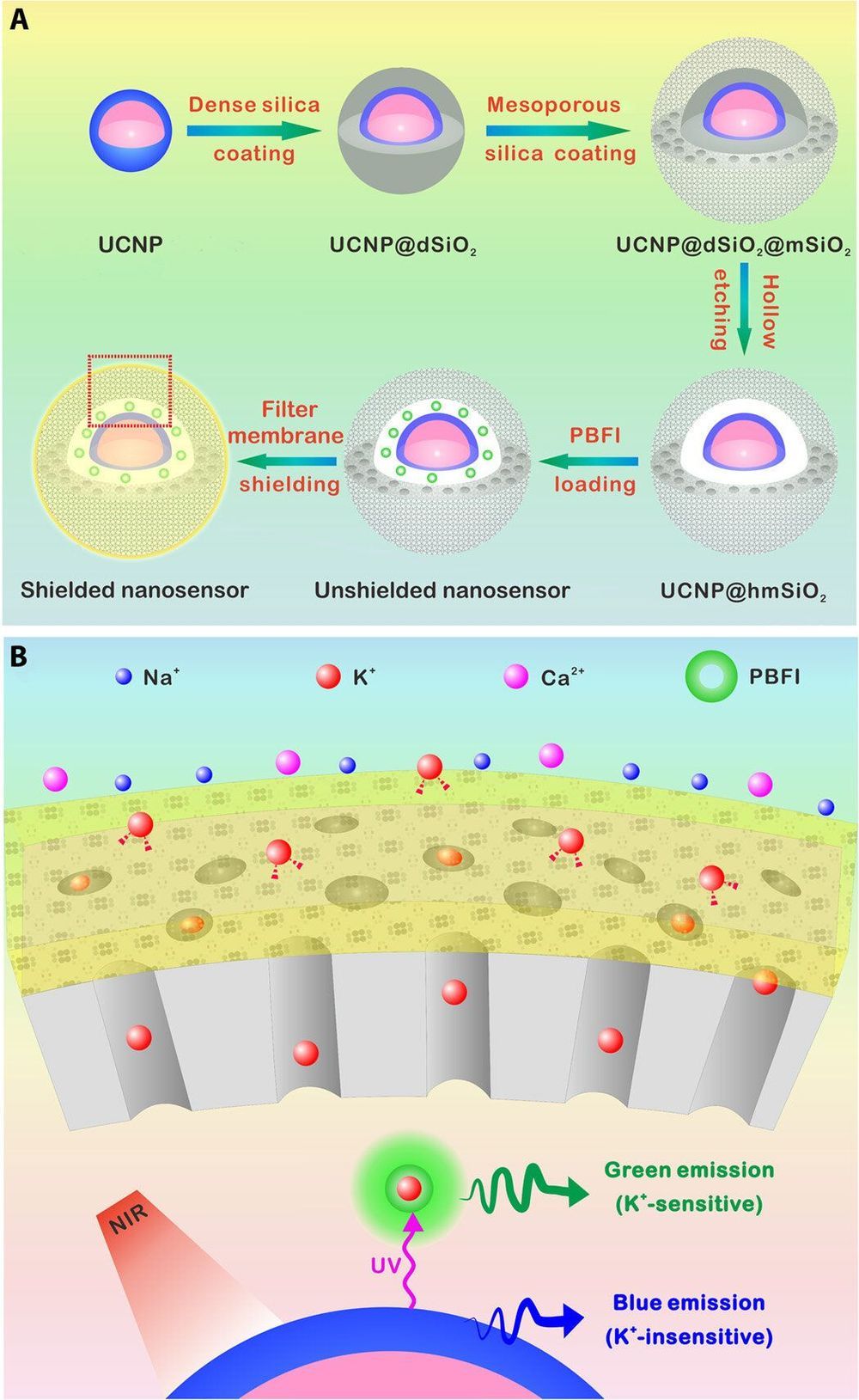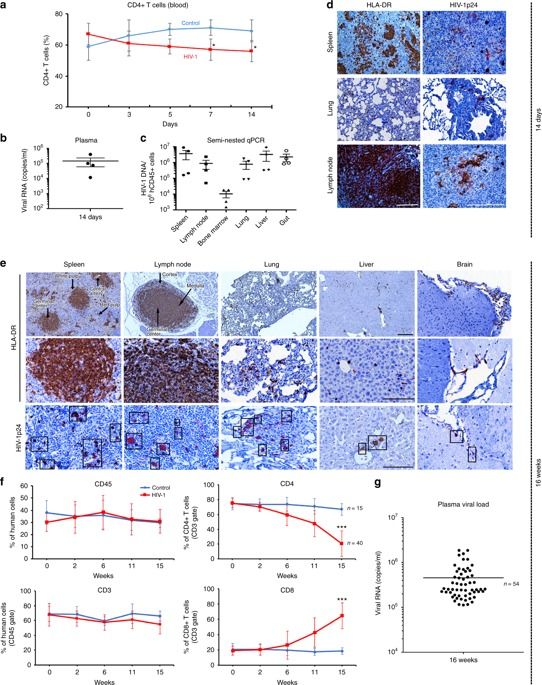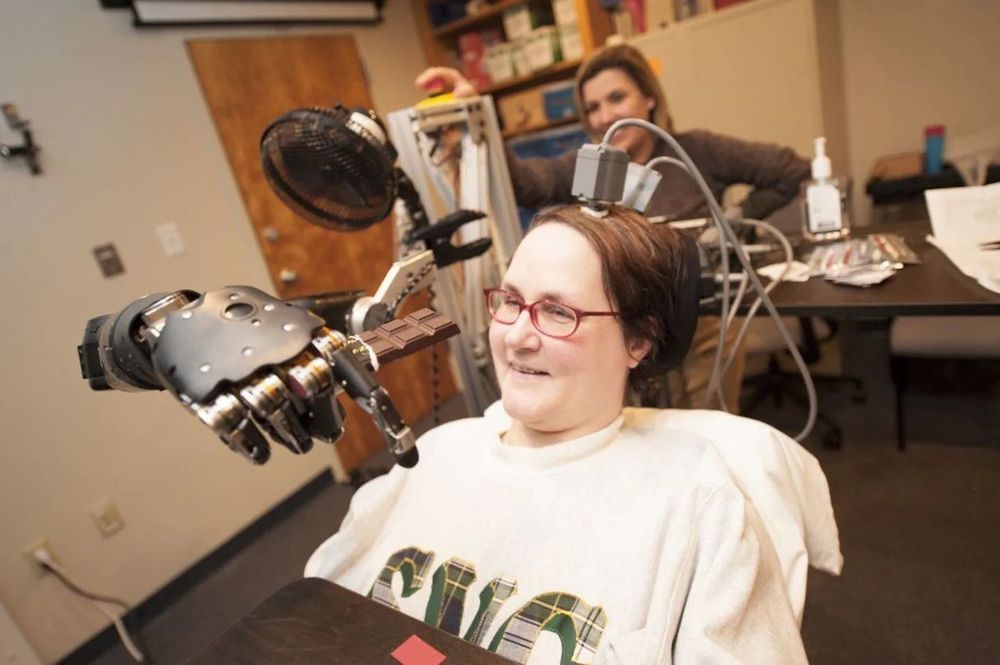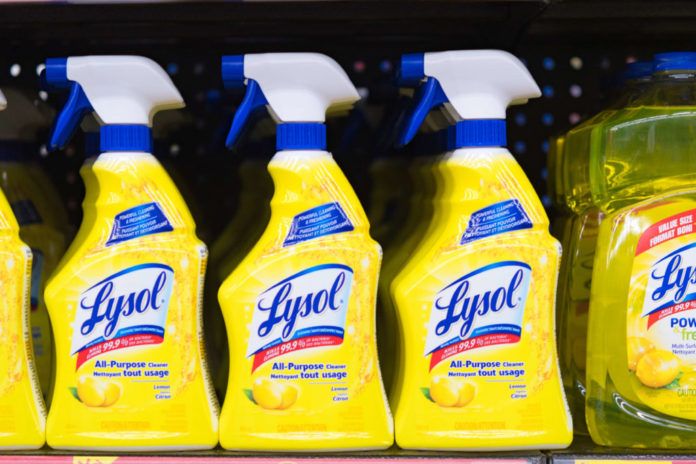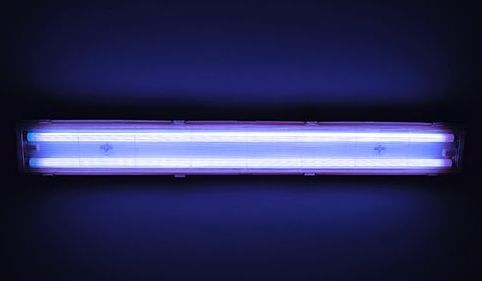Apr 25, 2020
China reveals name, logo for its ‘Tianwen’ first Mars landing mission
Posted by Alberto Lao in categories: robotics/AI, satellites
— China revealed the name and logo for its first mission aimed at landing on the planet Mars to mark the 50th anniversary of its first satellite launch.
Celebrating the country’s Space Day on Friday (April 24), the China National Space Administration (CNSA) announced that its upcoming robotic mission to the Red Planet will be named “Tianwen-1.” The name, borrowed from an ancient Chinese verse by poet Qu Yuan, translates to “questions about the heavens.”
“In ‘Tianwen,’ Qu Yuan raised a series of questions in verse involving the sky, stars, natural phenomena, myths and the real world, showing his doubts about some traditional concepts and the spirit of seeking the truth,” reported the state-run Chinese news service Xinhua.
